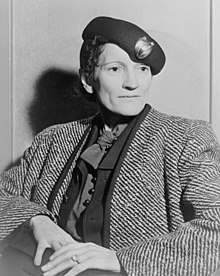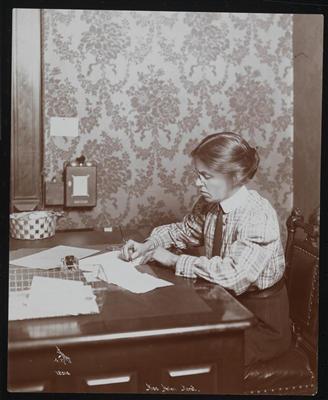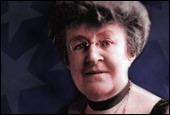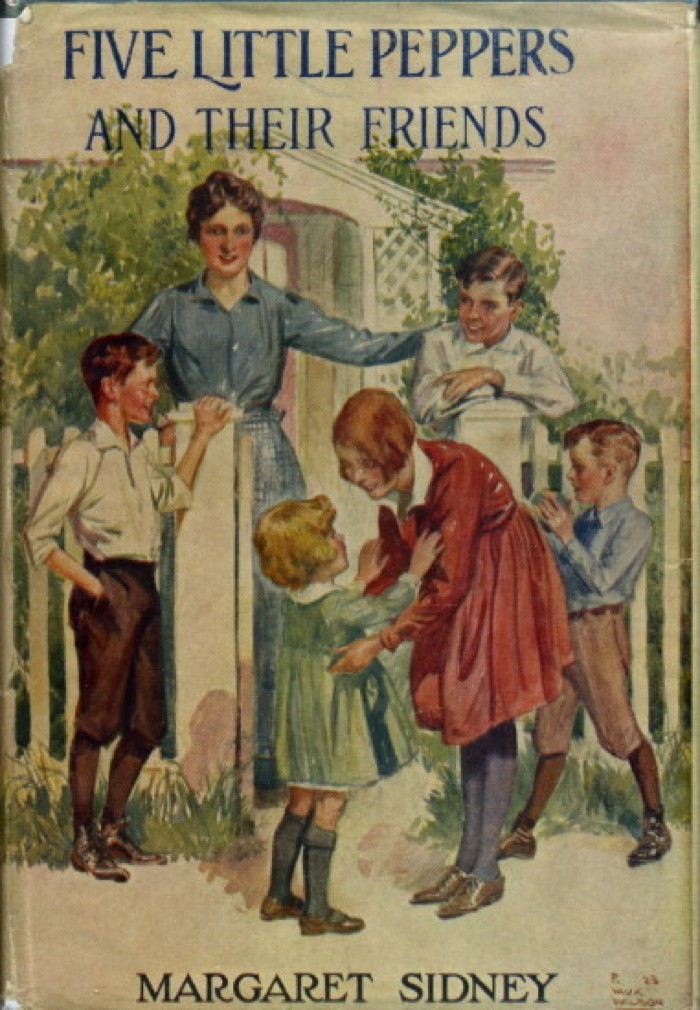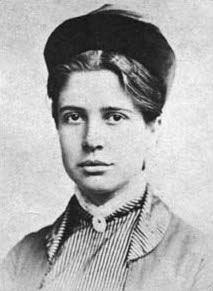Anne Whitney
Born September 2, 1821 in Watertown, Massachusetts, Anne
Whitney was educated primarily at home by private tutors but she did spend her
thirteenth year at Mrs. Little’s Select School for Young Ladies in Bucksport
Maine. Upon graduation she taught school
and dabbled at writing poetry, publishing her first volume of poems in 1859.
Her real passion and talent lay in sculpting
however, which she discovered quite by accident upon overturning a watering can
in her greenhouse and beginning to create in wet sand. She traveled to Philadelphia and New York to
study sculpture as well as anatomy at the Brooklyn Hospital. Her first piece, a marble bust of a child,
was entered in an 1860 exhibit at the National Academy of Design in New York. That piece is now in the National Collection
of Fine arts.
The Civil War cancelled her plans to study abroad but she remained at home working and exhibiting several large works in Boston and New York.
In 1867 she was finally able to study in Italy where she
remained for four years. Upon her return
to America she was commissioned to create a life sized statue of Samuel Adams
for the Statuary Hall in the Capitol in Washington. She worked for the next twenty years from her
studio in Beacon Hill creating works that still stand in Boston’s Museum of
Fine Arts, Wellesley College and on the Commonwealth Avenue Mall in Boston.
A passionate opponent of slavery and an advocate of women’s
rights, Whitney’s work often reflected her political beliefs. This included sculptured busts of Lucy Stone,
Harriet Beecher Stowe, Frances Willard, Harriet Martineau, Mary Livermore and
William Lloyd Garrison.
Anne was asked by the
city of Boston to re-work a monument to celebrate the achievements of Charles
Sumner that she had begun in 1875. She had been a great political support of
Sumner in his campaign against slavery.
When officials discovered she was a woman the commission was
withdrawn. This annoyed her greatly but
she finally completed the statue in 1902 at the age of eighty one. The statue stands today at the center of
Harvard Square.







